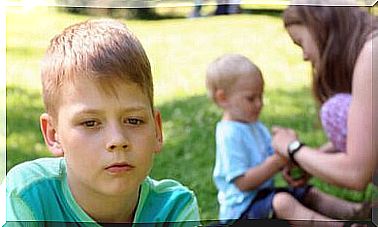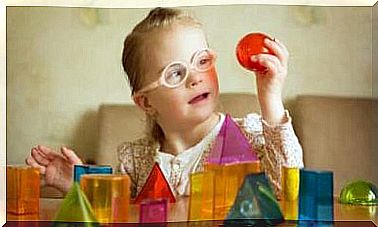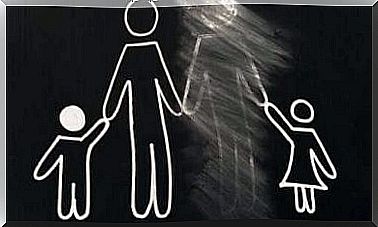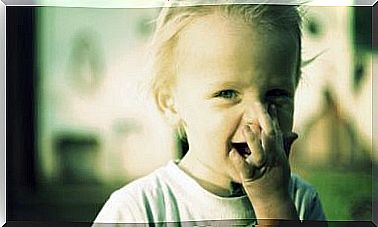Secondary Emotions And Their Manifestation In Children – Being Parents

Emotions can be classified into two types: primary emotions and secondary emotions. The first are those with which we respond to stimuli from our environment or from participating beings.
For example, if someone insults us or hits us, we will feel angry.
Secondary emotions, on the other hand, are not innate and are acquired as we grow.
According to the classification developed by psychologist Paul Ekman, the primary emotions are: joy, sadness, anger, fear, disgust and surprise.
An essential characteristic of this type of emotion is that they are universal. They are also genetically pre-frozen. In other words, we know them as soon as we are born.
To this, William James and Carl Lange added the idea that emotions depend on two factors: the physical changes in our organism in the face of a stimulus and the subsequent interpretation we make of it.
In this regard, Stanley Schachter and Jerome Singer have constructed their own theory. The latter asserts that our thoughts can also elicit an organic response. In addition, it causes the release of a series of neurotransmitters that will activate a specific emotion.
What are the secondary emotions?
Unlike the emotions mentioned above, secondary emotions are more complex. According to Ekman, those are the ones that are the result of our growth, the interaction with others and the combination of several primary emotions.
In addition, they are not as easily identifiable as the more primary ones. This means that we don’t always express them with gestures – a smile or a frown, as in the case of joy or anger.
In the 1990s, Ekman distinguished between secondary emotions:
- Guilt
- Embarrassment
- Contempt
- Complacency
- Enthusiasm
- Pride
- Pleasure
- Satisfaction
- Shame
A main characteristic of these secondary emotions is that they are learned, mental and do not perform an adaptive biological function.

Connection between secondary and primary emotions
Venezuelan psychologist Graciela Baugher argues in her study that secondary emotions express a problem with the mind that we must eliminate in order not to suffer the consequences.
These act as mental extensions of primary emotions, which can ultimately make us sick. For example, Baugher indicates that fear protects us at certain times. However, if it is prolonged over time, it creates anxiety, phobias and panic.
The same happens with sadness. This allows us to begin to recover from a traumatic situation. However, if it spreads, it generates depression and self-destructive tendencies.
Finally, Baugher details that something similar is happening for joy. This can cause attachment or pleasure. Anger can be the source of hatred or resentment.
How do they manifest in children?
The first step for a child to manifest an emotion – very important in their emotional development, is to learn to identify them.
In this sense, the stimulation of emotional intelligence is a fundamental step in which parents must help. How? ‘Or’ What ? Through exercises to help them understand their emotions. It can be games, drawings or even smartphone applications.
Ekman’s work is based on the study of facial expressions. This is the first way to detect any of the secondary emotions in a child.
Once we have perceived a given emotion in the child, or if we suspect the presence of one of them, it is strongly recommended to talk about it with him. Speaking, both in children and adults, is one of the best ways to externalize emotions.
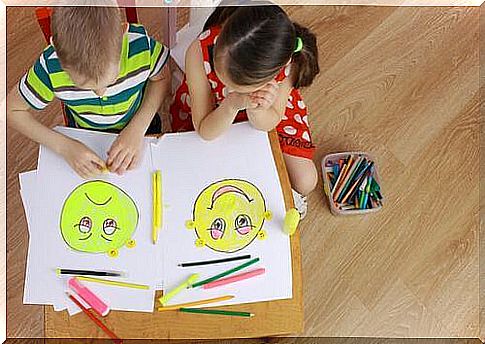
In fact, not doing it can be more dangerous than you think. Suppressing emotions can lead to emotional and mental weakness, low self-esteem, lack of empathy, authenticity, and behavioral problems.
Emotions and bad behavior
Bad behavior, in fact, is another form of expressing secondary emotions in children.
Why ? Since while a child’s bad behavior can be genetically determined by their innate character, it can also be a direct result of the education they have received – including on an emotional level.
A child who suppresses negative feelings, or worse yet, tries to externalize them but doesn’t find the support and attention they deserve, will eventually experience feelings of resentment and negativity.
It is thus clear that parents have a very important role in detecting their children’s emotions, understanding them and subsequently developing responses to them.


